One of the most common orthodontic issues we see in young people and adults is a crossbite. Your dentist may have shown you how your bite didn’t quite line up correctly, or you may have noticed it yourself when poring over selfies. So what is a crossbite exactly? Is it just an aesthetic issue, or is there more to it? How do you fix it? We’ll help you find the answers.
What Is a Crossbite?
A crossbite occurs when the top and bottom teeth don’t align the way they’re supposed to when biting down. Rather than all of your bottom teeth fitting behind your upper teeth, one or more of your upper teeth fit inside the lower teeth.
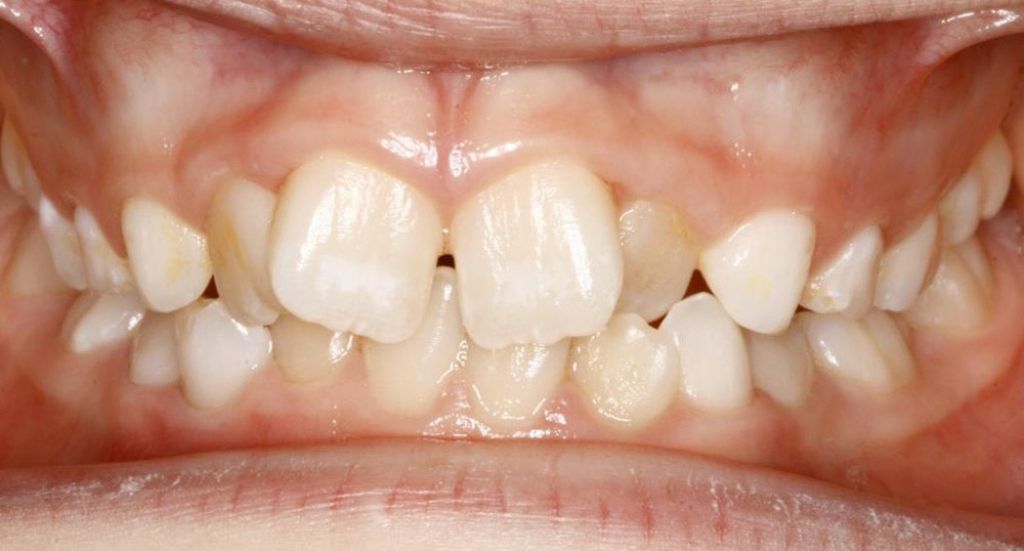
There are two types of crossbites:
Anterior Crossbite
An anterior crossbite or underbite happens when some or all of your top front teeth sit behind your bottom teeth.
Posterior Crossbite
A posterior crossbite occurs when your upper back molars are inside of the lower back molars when you bite down.
What Causes a Crossbite?
Crossbites happen for a variety of reasons, including:
- Sucking the thumb, finger, or a pacifier as a child
- Tongue-thrusting
- Breathing through the mouth
- Losing baby teeth late
- Having extra adult teeth
- Cleft lip and palate
- Genetics
- Asymmetric skeletal (or jaw) growth
Should Crossbites Be Corrected?
The majority of crossbites require attention because they can cause a range of physical effects, including:
- Broken and/or worn down teeth
- Headaches and jaw pain
- Toothaches and pain with biting and chewing
- Lisps and slurring
- Temporomandibular disorder (TMD)
- Excess plaque
- Cavities and tooth loss
- Gum disease
- Poor sleep
Additionally, crossbites in growing children can lead to asymmetrical growth where form follows function. For example, an unaddressed posterior crossbite in a child will often cause the entire lower jaw to shift to one side. As a result, the chin and lower face will shift and grow away from the facial midline.
Correcting your crossbite can help you address or prevent these issues and empower you to protect your oral health.
But misaligned teeth aren’t just about physical health; they can also have a powerful impact on your emotional well-being, your sense of self, and even your relationships. In fact, research shows that people who seek orthodontic treatment to correct alignment problems experience “significant improvement in self-esteem and social interaction.” Even if you don’t experience physical symptoms, correcting your crossbite could boost your confidence and help you feel more comfortable in your own skin.
Ideally, a crossbite is addressed in childhood, but it’s never too late to straighten your smile.
Exploring Treatment Options for Your Crossbite
There is no single treatment for crossbites. Your orthodontist will determine which strategy is best for you based on your specific bite and your personal preferences.;
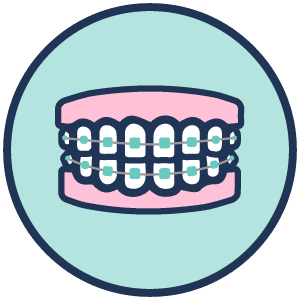
Conventional Braces
Metal and ceramic braces are commonly used to treat crossbites with excellent results. Depending on the extent of the crossbite and teeth involved, retainer-type appliances called bite plates may be used in addition to braces.
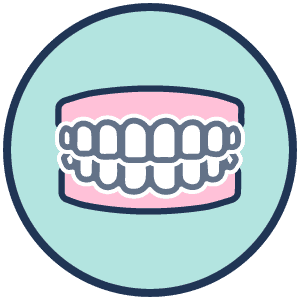
Clear Aligners
Clear aligners, like Invisalign, are one of the most comfortable, effective, and discreet ways to correct crossbites. With Invisalign, a series of customized aligners are created based on 3D modeling of your mouth. These aligners gradually shift your teeth into a proper position, and you typically move on to a new set of aligners every two weeks or so. While you should wear your aligners as much as possible, you can remove them to eat, drink, and clean your teeth, which means they’re much more practical than conventional braces. They’re also barely noticeable—chances are that most people won’t know you’re wearing them.
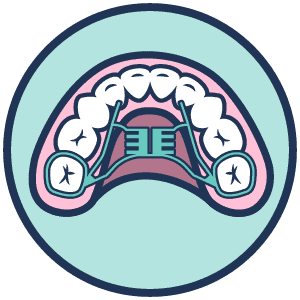
Expanders
Expanders are orthodontic appliances that widen the upper teeth and jaw to encourage correct alignment. Expanders are most effective in children whose teeth and palates are still developing, but they may be used for adults in some cases.
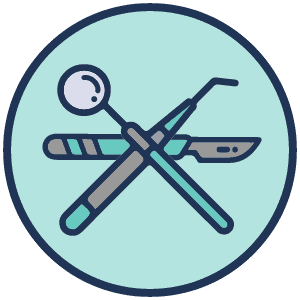
Oral Surgery
Surgery may be necessary for severe crossbites. After surgery, you’ll typically continue treatment with an orthodontist with braces or Invisalign until the crossbite is fully corrected. This is especially useful to improve facial symmetry, balance, and harmony.
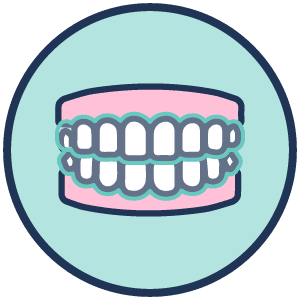
Retainers
After treatment has corrected your initial bite problem, removable or permanent retainers will help keep the teeth in the proper place.
Ready to Change Your Smile?
Getting a smile you love is a wise investment.
Whether you want to improve your appearance or find freedom from the painful effects of your crossbite—or both—Beverly Hills Orthodontics is with you every step of the way. Our expert team can help you understand your options and create a personalized treatment plan to help you achieve the best results. With our experience and expertise, we can unlock the power of your smile.
